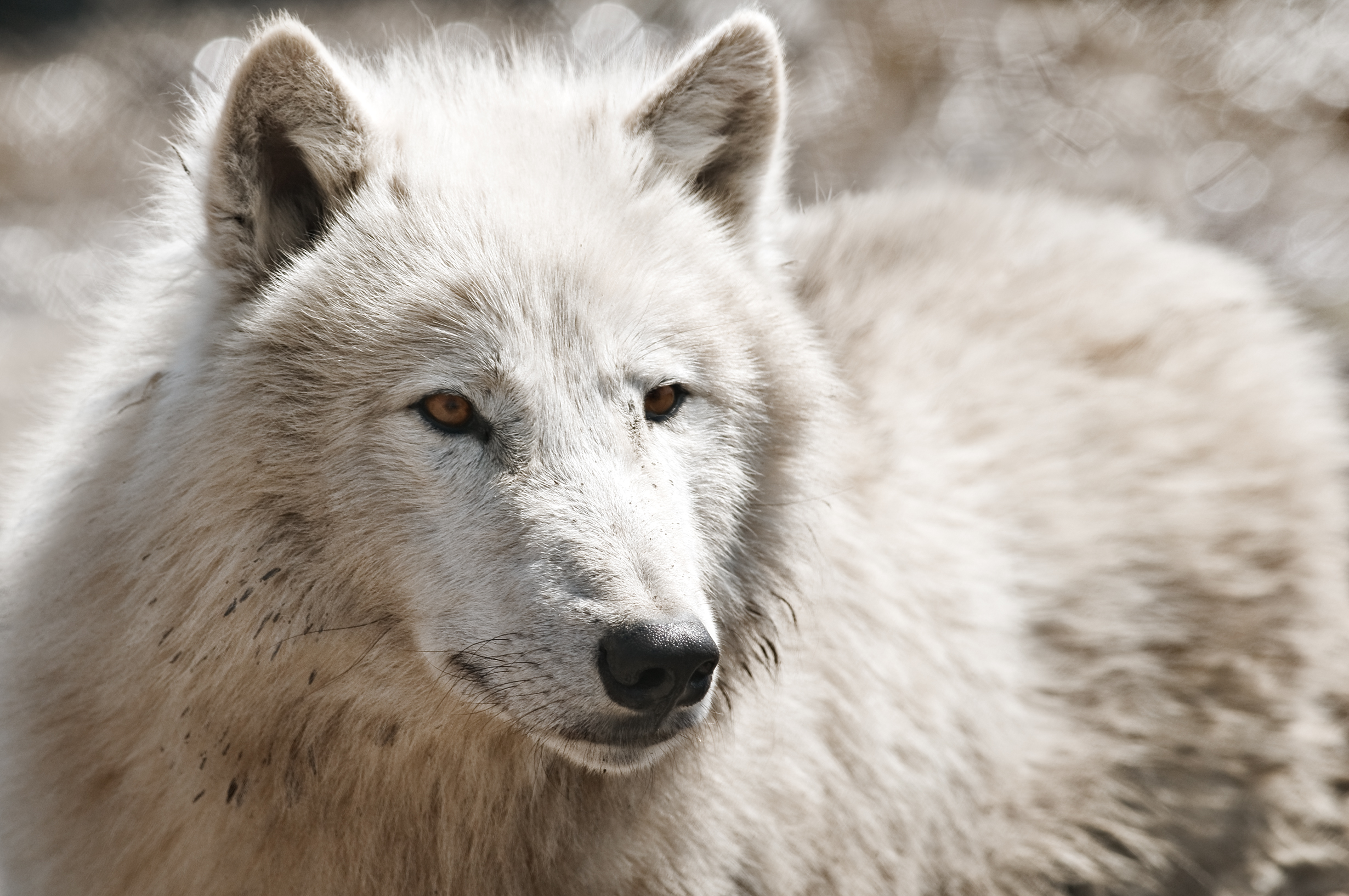This page may contain affiliate links.
Read our disclosure and privacy policy here.
Have you seen those nature documentaries where a predator is chasing it’s prey? Watching a lion chase down an antelope is just amazing to watch… and a little sad. Or how about the incredible precision of an eagle diving down towards the earth at 250 km/h to snatch up a field mouse. Wow! Predator and prey interactions are one of the most heart pounding events in nature to witness, and sometimes makes me wonder how our ancestors managed to survive that kind of world!
This kinds of interaction, where one organism is hurt to benefit another, is called antagonism. There are a wide variety of antagonistic interactions in nature. Some are spectacular. Some are surprisingly subtle and often overlooked. Let’s explore these interactions in more detail, I’m sure you’re going to learn a few things in this article that will really astonish you.
Table of Contents
Predators to Parasites: Why Can’t They All Get Along?
What Is Antagonism?
From predators to parasites, living things whose interactions in nature are a source of harm to others are considered antagonistic. That means that they are hostile towards other living things. Scientists call this type of hostile interaction antagonism. It’s a relationship where one individual benefits, while another is harmed. In the world of natural interactions, it’s called a +/- relationship. The ‘+’ sign means it’s positive for one individual, and the ‘-‘ sign means it’s negative for the other.
There are two types of antagonistic intertactions:
- Direct Antagonism: This is where one organism directly harms, or partially or fully consumes, another organism. For example, a lion hunting and consuming an antelope.
- Indirect Antagonism: This is a relationship where one organism hinders or prevents to success of another organism indirectly. For example, a plant may excrete chemicals which prevents another plant from growing nearby.
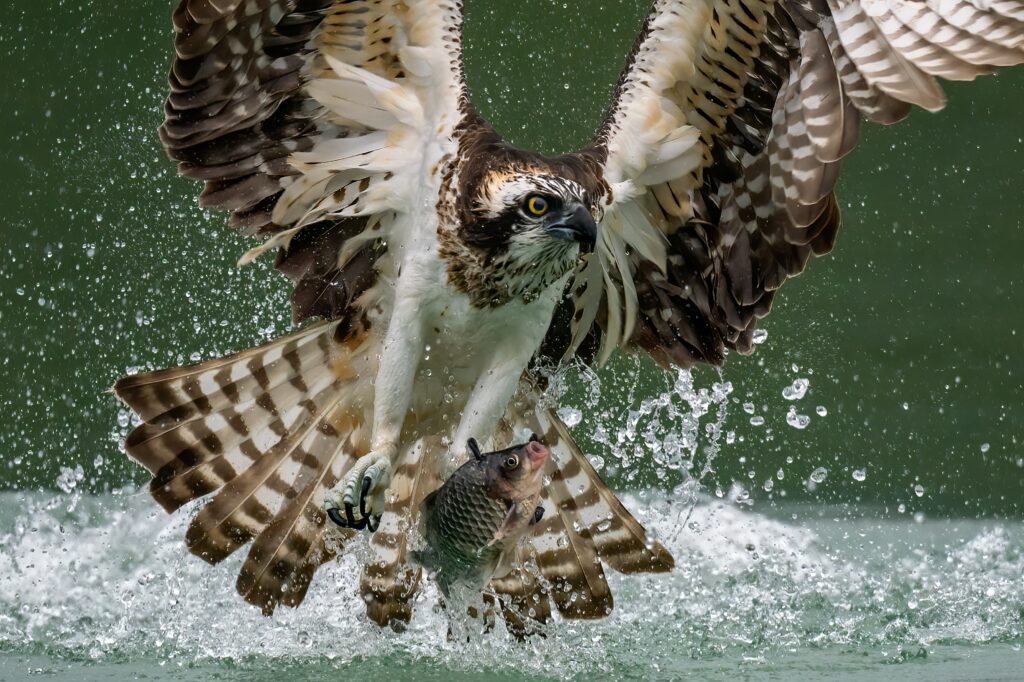
The relationship between a sea hawk and a fish is an example of direct antagonism. The sea hawk is a predator that hunts and consumes its prey.
Direct Antagonism
Direct antagonism means that one organism directly and physically harms another for its own benefit. For example, a bat swooping down to capture and consume a flying termite would be considered antagonism. However, an elephant trampling and damaging grass in a field is not antagonistic, even though it is directly and physically harming the grass. This is because the elephant does not benefit from this action. Harming the grass is just accidental, and the elephant does not even notice it. This kind of relationship is actually called Amensalism (0/-), where one organism harms another without any benefit to itself.
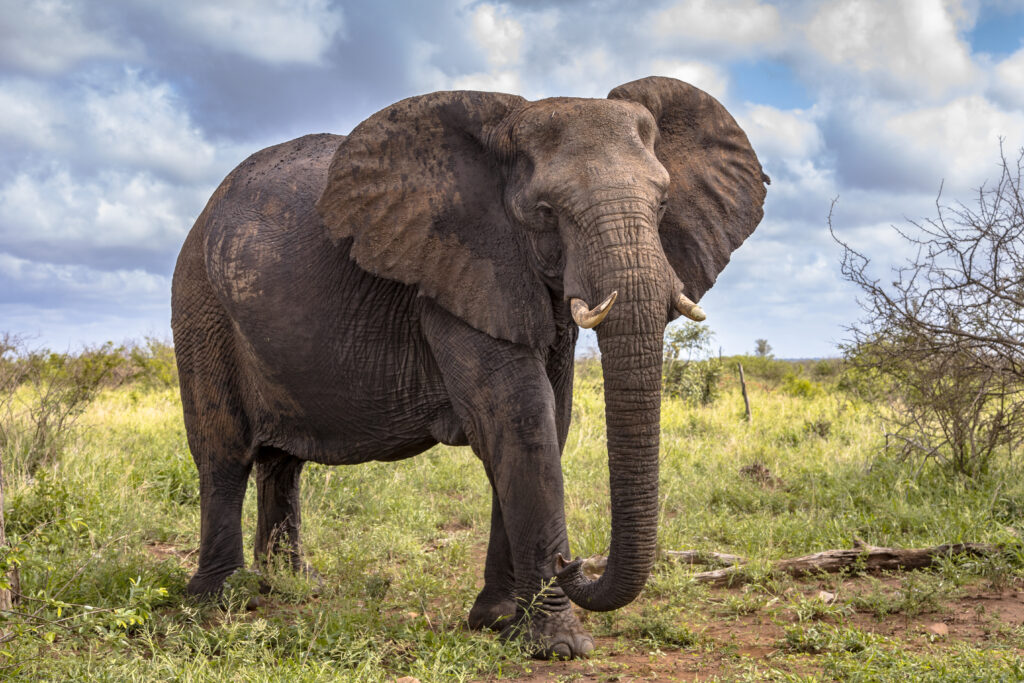
An elephant trampling grass is not considered antagonistic. The Elephant does not even notice the grass, and does not benefit from trampling it. This is actually an example of amensalism (0/-).
Predation
Predation is a fascinating relationship in nature where one organism, known as the predator, hunts, captures, and feeds on another organism, called the prey. Predation is an essential part of the food chain and helps control the population of prey species, preventing them from becoming too abundant and causing ecological imbalances.
Predators employ various strategies and adaptations to capture their prey. Some predators, like lions and tigers, are powerful ambush predators. They use their stealth and camouflage to surprise their prey, swiftly pouncing on them when the time is right. Other predators, such as cheetahs and falcons, are built for incredible speed and agility. They chase down their prey in high-speed pursuits.
On the other side, prey animals have also evolved various adaptations to avoid predation. They may be able to camouflage themselves, using colors and patterns to blend into their surroundings and make it harder for predators to spot them. Some prey species, like rabbits and deer, rely on their own speed and agility to outrun predators. Others have developed defensive structures like sharp spines or shells to deter or protect themselves.
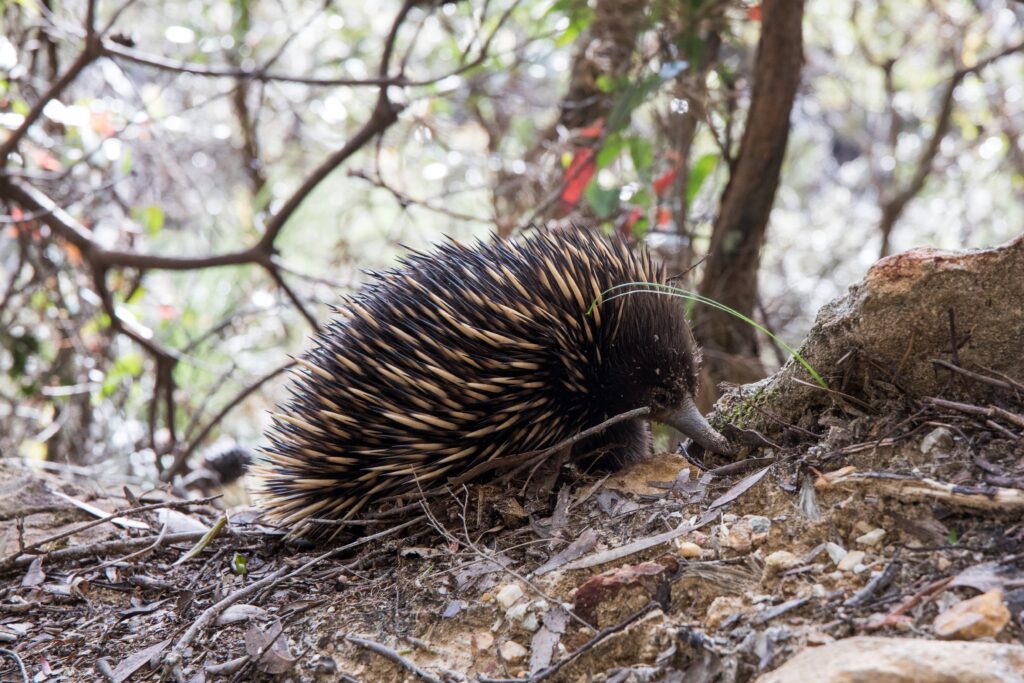
This Australian Echidna has sharp spines that make hunting it a very prickly and unpleasant experience for predators. Echidnas will conglobulate when under attack, turning themselves into a spiky ball.
Predation is not only limited to carnivorous animals. Even certain plants, like the Venus flytrap, have developed mechanisms to capture and consume small insects as a source of nutrients.
Predation is a dynamic and ever-present force in ecosystemsAn ecosystem is a community of living organisms, like insects and birds, and non-living components, like water and rocks, that interact with each other in a specific area. Learn More, driving the co-evolution of predators and prey. It influences the behavior, morphology (shape and body plan), and survival strategies of both predators and prey, shaping the intricate web of life. Understanding predation is important to appreciate the intricate balance and interactions that exist within nature.
Grazing
Grazing is a type of direct antagonism that occurs when animals, known as grazers, feed on vegetation, such as grasses or plants. Grazers have specialized teeth and digestive systems that allow them to efficiently consume plant material. They play an important role in shaping ecosystems by controlling the growth of vegetation and influencing the structure of plant communities.
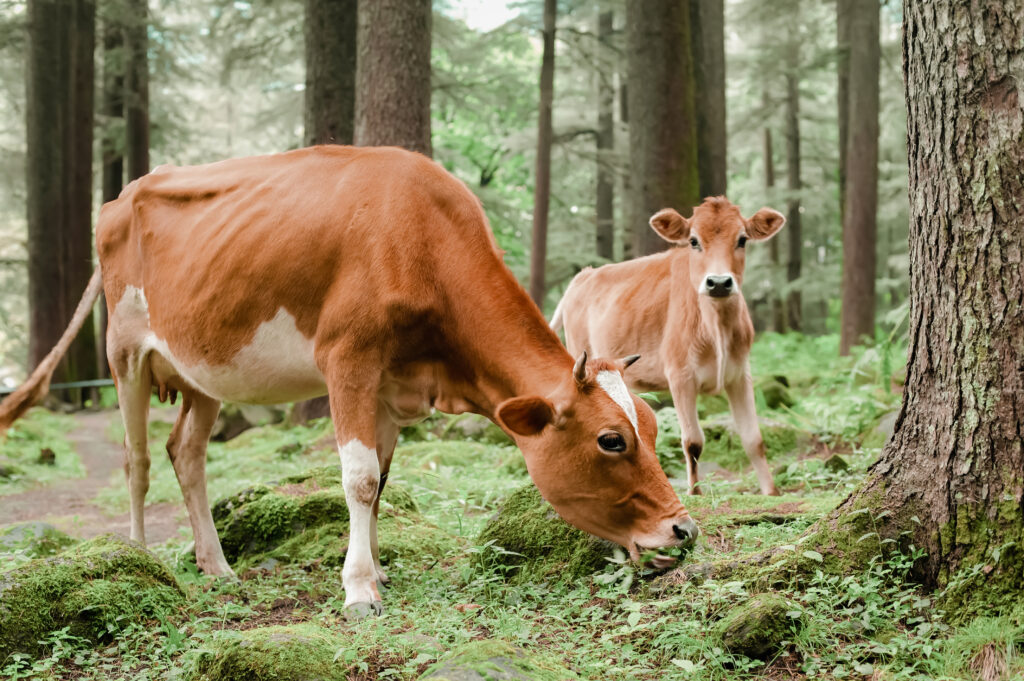
Cows grazing on small plants and grasses is considered direct antagonism. The cow benefits from the food, while the plant is harmed.
Animals like cows, sheep, and deer are common grazers found in various habitats around the world. They use their specialized jaws and tongues to bite and tear off plant material, and their complex digestive systems help them extract nutrients from the tough and fibrous vegetation they consume. Grazers are well adapted to an herbivorous diet, and their feeding behavior can significantly impact the abundance and distribution of plant species in their environment.
Interestingly, grazing can also have indirect effects on the surrounding ecosystem. By selectively feeding on certain plant species or removing specific parts of plants, grazers can influence plant diversity and communityA community is all the living organisms in an ecosystem. This includes animals, plants, fungi, and bacteria. It does not include dirt, rocks, water, and other non living things. Learn More composition. This, in turn, can affect other organisms that depend on those plants for food or habitat.
Browsing
Browsing is a form of direct antagonism similar to grazing, where animals feed on the leaves, twigs, and shoots of woody plants, such as trees and shrubs. It is primarily carried out by herbivoresHerbivores are animals that eat plants as their main source of food. They are like the vegetarians of the animal kingdom. Just as you eat fruits, vegetables, and other plant-based foods, herbivores munch on leaves, flowers, grass, and other parts of plants. Learn More that have specialized adaptations to consume these tougher plant parts.
Animals like giraffes, moose, and goats are well-known browsers. They use their long necks, flexible tongues, and specialized teeth to strip leaves and twigs from woody vegetation. Browsers play a crucial role in shaping plant communities by influencing the growth and structure of woody plants in their habitats.
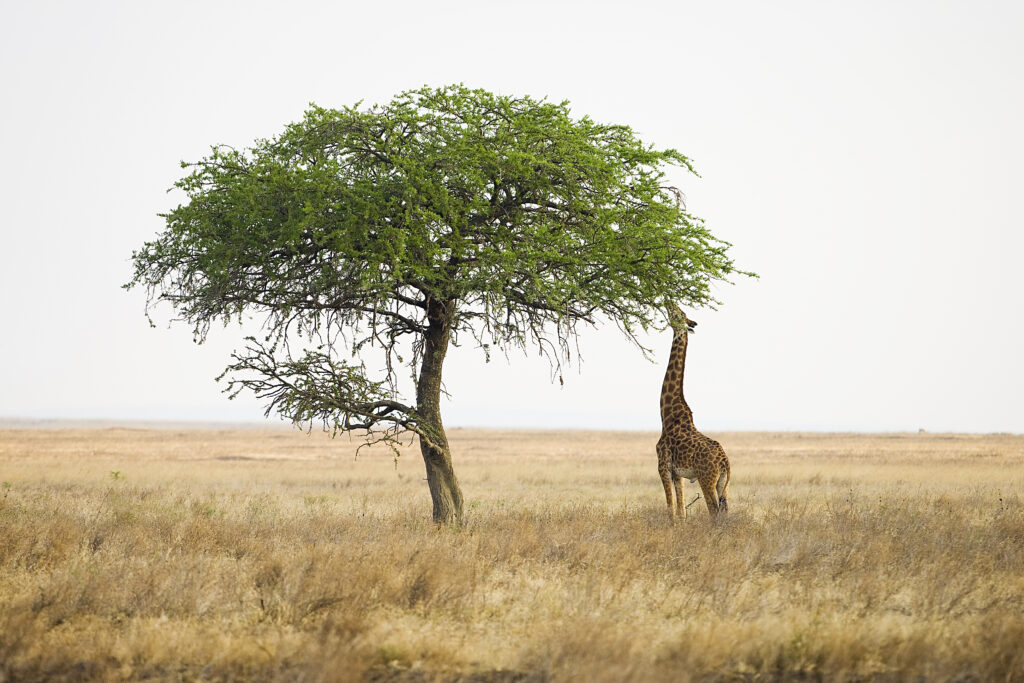
Browsing is different from grazing. Grazing is when an animal consumes smaller plants and grasses that are low to the ground, and do not have wooden stems. Grass, for example, never develops a wooden stem. Browsing is when animals consume leaves from plants with wooden stems, like trees, and large woody bushes.
In the direct sense, browsing provides a source of nutrition and energy for the animals. By consuming leaves and twigs, browsers can sustain themselves and support their growth and reproduction. However, from the plant’s perspective, browsing represents a form of harm. The removal of foliage can hinder photosynthesis, limit the plant’s ability to grow, and affect its reproductive capacity.
Similar to grazing, browsing can have indirect effects on the ecosystem. Browsers often exhibit selectivity in their feeding habits, preferring certain plant species or parts of plants over others. This selectivity can influence plant diversity and community composition, as well as impact other organisms that depend on the browsed plants for food or shelter.
Parasitism
Parasitism is a type of direct antagonism where one organism, called the parasite, benefits at the expense of another organism, known as the host. The parasite lives in or on the host and relies on it for resources and shelter, often causing harm or damage in the process.
Parasites come in various forms, including internal parasites like worms, bacteria, and viruses that inhabit the host’s body, and external parasites such as ticks, fleas, and lice that live on the host’s skin or fur. They have evolved specialized adaptations to exploit their hosts and extract nutrients or resources needed for their survival.
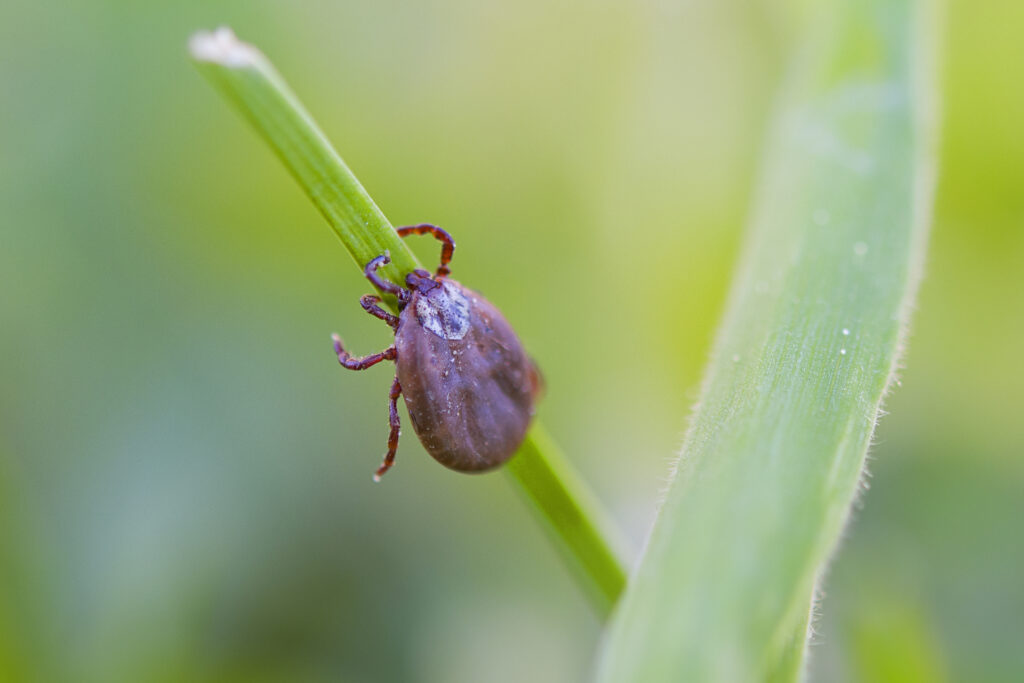
Ticks are a dangerous parasite for humans and some animals. They feed from our blood and can cause infections and diseases. A Tick attaching itself to a human is considered direct antagonism. Remember to always check for ticks when you return from a nature walk, especially if you have been walking through tall grasses and bushes.
Parasites derive their benefits by feeding on the host’s tissues, blood, or body fluids, which can weaken the host and interfere with its normal functions. In some cases, parasites may cause diseases or infections that can be harmful to the host’s health. However, not all parasitic relationships are immediately detrimental to the host, as some parasites have evolved to establish a long-term, symbiotic association with their hosts.
The relationship between parasites and hosts is often characterized by a delicate balance. While parasites benefit from the resources obtained from the host, they need to ensure their survival without causing the host’s death too quickly, as it would lead to the loss of their resource. This delicate equilibrium can result in coevolution, where hosts develop defenses against parasites, and parasites evolve mechanisms to bypass or overcome these defenses.
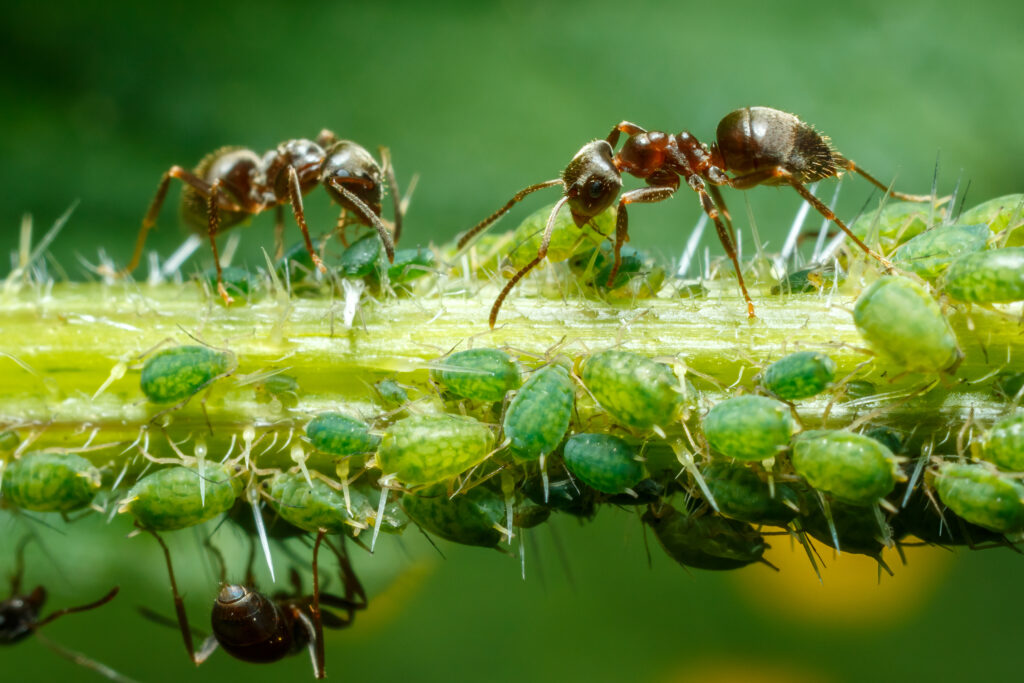
Take a moment to examine this interesting photograph. We see three different kinds of interactions here.
- Aphids are parasitic because they prey on plants by attaching themselves to the plant and sucking out sap to sustain themselves. It is a form of long term parasitism, since the aphids need the plant to survive in order for them to continue gaining food from it. However, the plant is continually harmed by their parasitism.
- The ants, on the other hand, have a mutualistic (+/+) relationship with the aphids. They protect the aphids from predators in order to secure a food source of their own – the ‘honeydew’ that the aphids excrete as a result of their feeding on plant sap. It’s a win/win relationship.
- These ants are therefore indirectly antagonistic towards the plant as they are preventing predators like wasps and ladybugs from preying on the aphids. They are preventing these predators from helping the plant to rid itself of these parasitic insects. So indirectly, they are also harming the plant.
Parasitism plays a big role in shaping ecosystems. It influences the populations and behaviors of both hosts and parasites. It can affect the host’s survival, reproduction, and behavior, and may even impact the entire ecosystem’s community. Scientists that study parasitism learn a lot about the interactions between organisms and the adaptations they have developed to survive in a competitive environment.
Parasitism may seem to be mostly one-sided, with the parasite benefiting at the expense of the host. It is however a fascinating and essential part of the natural world. It really reveals the intricate web of interactions that exist within ecosystems.
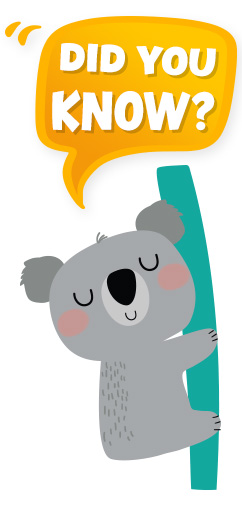
Did You Know?
Did You Know?
Download Printables
PARASITES EVERYWHERE!
An estimated 40% of animals are parasitic! Parasites can take the form of any living thing, from fungi to protozoaProtozoa are tiny, single-celled organisms that live in water, soil, and other environments. Some look like little blobs, while others have special structures like tails or hair-like projections called cilia. They can do cool things like make their own food or catch their meals. Learn More to bacteria to plants and to animals. Even humans can get parasites, so it’s important that we take care to always wash our hands after handling organisms in nature, and to never drink water from a pond, stream, or river without using a filter that can eliminate parasites. If you are planning to go off trail, make sure to always wear long pants and a long sleeved shirt, and tuck your pants into your socks. Always check your body for ticks when you return from a nature walk. It is a lot easier to prevent parasites than to get rid of them!
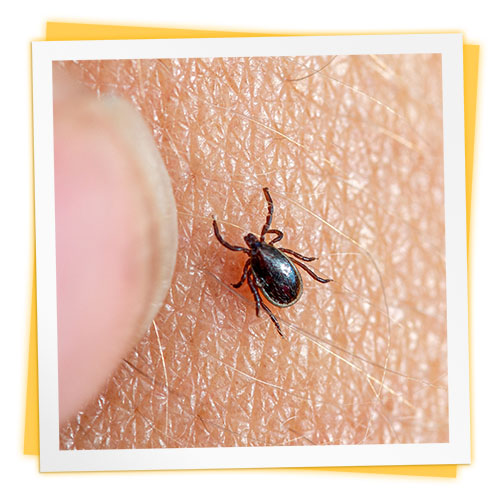
Indirect Antagonism
Indirect antagonism is a type of antagonistic relationship where one organism indirectly prevents the success of another organism through chemical substances or other means. Unlike direct antagonism, where the harm is inflicted directly and mostly physically, indirect antagonism involves an indirect attack on the other organism.
Allelopathy
One example of indirect antagonism is allelopathy, where certain plants release chemicals into the environment that inhibit the growth of other plants nearby. These chemicals can affect the germination of seeds, the growth of roots, or the ability of other plants to compete for resources. By releasing these chemicals, some plants gain an advantage in getting resources like sunlight, water, and nutrients, reducing the chances of success for nearby plants.
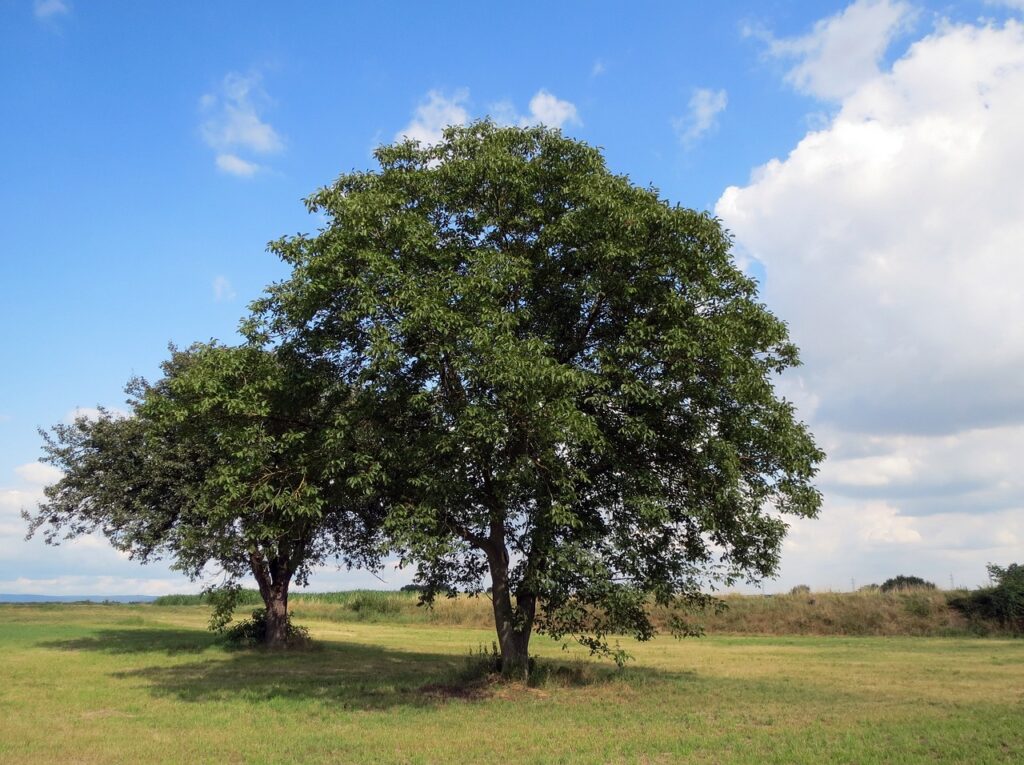
The roots of walnut trees are known to release certain chemicals into the soil which make it difficult for other plants to grow near the tree. This helps to ensure that the walnut tree is getting all the sunlight, water, and nutrients it can. The walnut tree is not directly attacking the nearby plants. It is instead releasing a chemical, and the chemicals are causing the soil around the tree to be toxic to other plants. This is a good example of indirect antagonism through allelopathy.
Exploitative Competition
Another example of indirect antagonism is exploitative competition, where organisms indirectly compete for limited resources without directly interacting with each other. One organism is able to exploit the food source faster or more effectively than the other, which affects the other organisms ability to survive. For example, two species of birds might need the same food source, such as insects or seeds, leading to competition for those resources. One of the species of bird may be better suited to hunt for those specific insects, which means that it is able to exploit that resource better than the other species of bird.
Interference Competition
Indirect antagonism can also occur through interference competition, where organisms actively interfere with each other’s access to resources. This can involve behaviors like territorialThe behavior of animals when they defend a specific area they live in or use for resources. Beavers can be territorial, especially when protecting their lodge. Learn More defense, where one organism takes over and defends a specific area, preventing others from getting to the resources within that territory.
Antagonism Between Living Things: Summary & Review
Antagonism is a relationship between living things where one organism is harmed for the benefit of another. This includes direct antagonism like predation, grazing, browsing, and parasitism. It also include indirect antagonism like allelopathy, exploitative competition, and interference competition.
Predation occurs when one organism hunts and consumes another organism.
Grazing is when one animal consumers grasses and small plants that do not have woody stems.
Browsing involves animals eating parts of plants with woody stems like bushes and trees.
Parasitism is when an organism causes harm over a long period of time, consuming the fluids and tissues of a host without immediately killing it.
Allelopathy is the release of chemicals by some plants in order to affect the success and growth of other nearby plants.
Exploitative competition occurs when two organisms are competing over a vital resource, and one of the organisms is able to get the resource faster and more effectively.
Interference competition has to do with one organism interfering with the ability of another organism to access a vital resource, like when wlves defend their territory to have exclusive access to the prey that live within that territory.
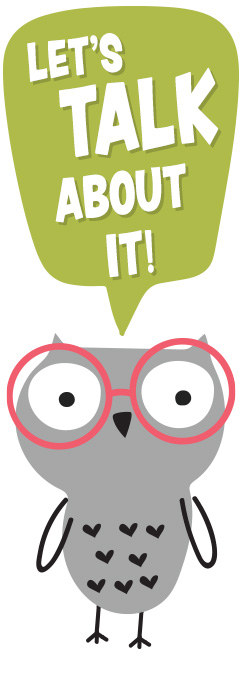
DISCUSSION
DISCUSSION
DISCUSSION
FOLLOW-UP TOPICS
Science Topics
Antagonism vs Amensalism
Antagonism (+/-) only occurs when one organism benefits while another is harmed. If an organism is harmed in an interaction, but the other organism involved in the interaction does not notice the interaction or does not benefit in any way, it is considered Amensalism (0/-). Here are 3 different scenarios, see if you can figure out whether the interaction would be considered antagonistic:
- A house cat goes outside, and hunts and kills a mouse. The cat then brings the mouse back home and drops it off at the doorstep as a gif to the owners. (cats sometimes do this). Is the relationship between the cat and the mouse antagonistic in this case? Why?
- You decide to start a vegetable garden this year. You take the time to carefully grow some tomatoes, and when they are ripe, you pluck them and make a nice tomato soup. Is this antagonistic?
- You are playing soccer in the park, and while running you accidentally kick a bee that was in the process of harvesting nectar from a flower. The bee gets upset and stings you. After stinging you, the bee dies. Is your relationship with the bee antagonistic?
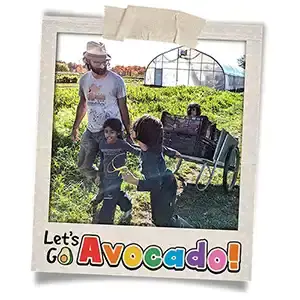
There’s a lot to explore right where we are, in our own neighborhoods and backyards! Join us while we get off the couch and explore the everyday wonders of nature, science, space, engineering, art, and anything else we stumble upon during on our adventures.


